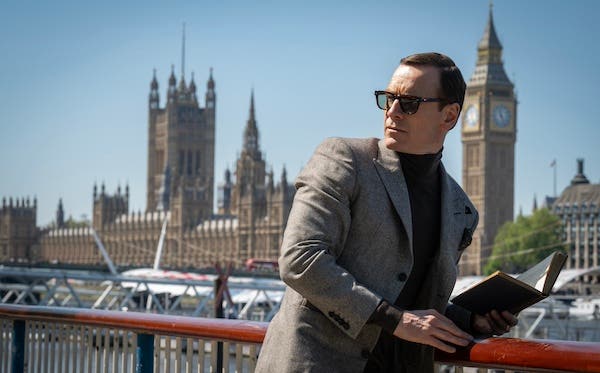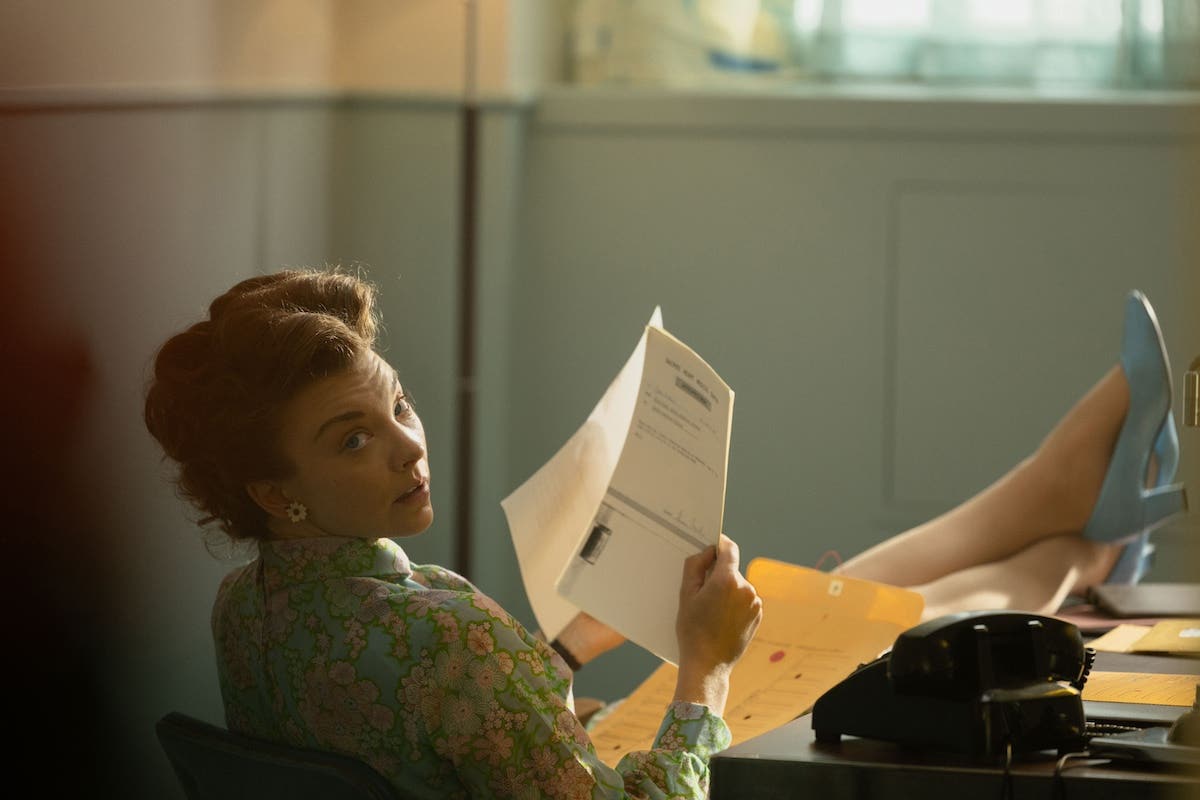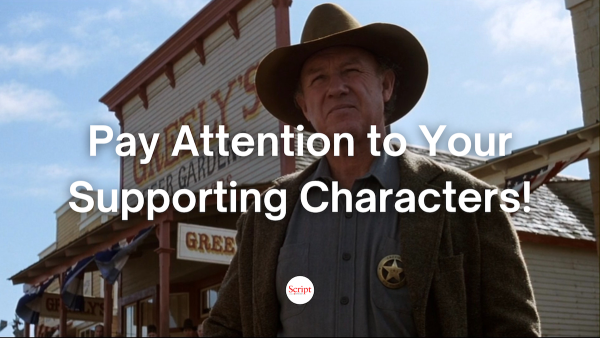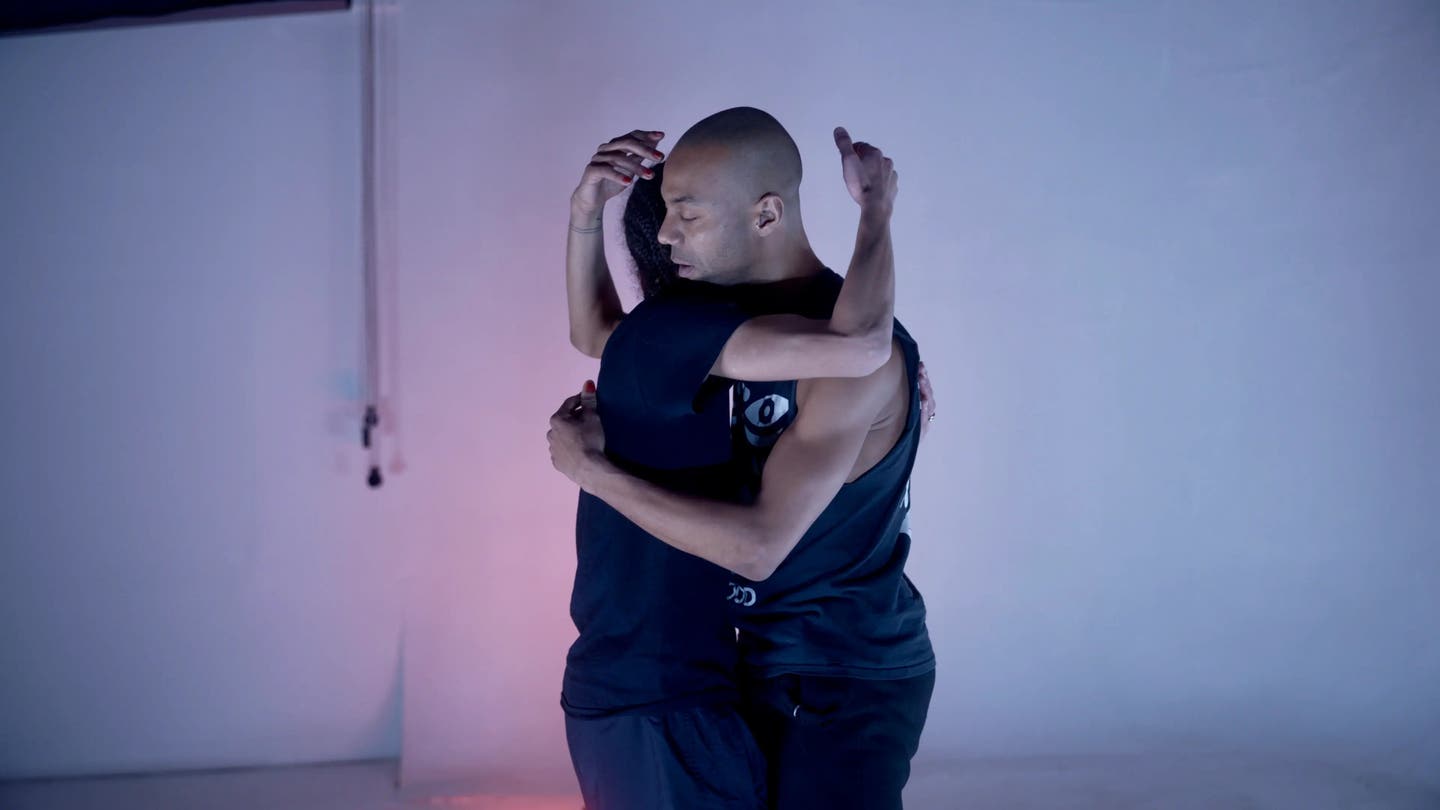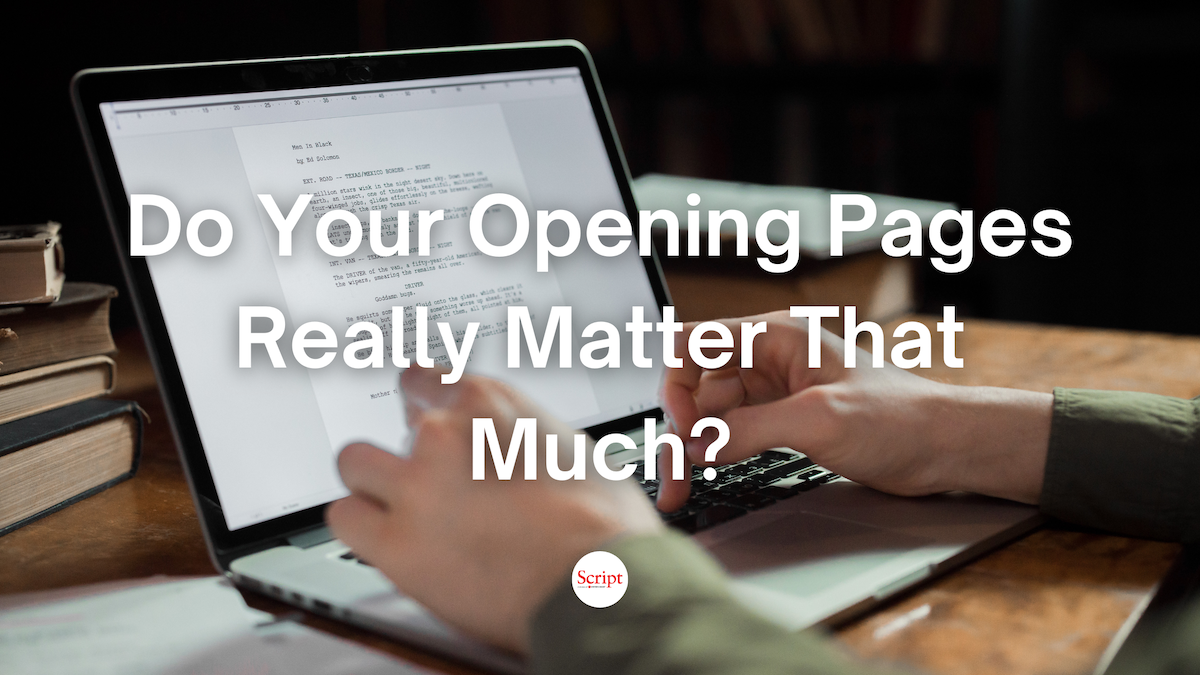Jeanne’s Screenwriting Tip: 7 Brainstorming Techniques
Ever have trouble developing a story? Jeanne Veillette Bowerman offers seven brainstorming techniques to help you get ideas down and the first draft in motion.
You’re confident your new idea is going to make a great story, but when you perch yourself at your laptop, nothing comes out. Blank. Nada. Whether it’s writer insecurity or lack of caffeine, your brain might sometimes resist your creative efforts to yank brilliance out of it.
Nothing opens up your story more to limitless potential than using brainstorming techniques. But when we imagine how long it can take to do that, we often get overwhelmed. What if I told you it’s possible to create a great foundation for your story in 15-minute blasts of time.
My favorite brainstorming technique is literally pulling out a ticking clock – my kitchen timer.
Before we start, let’s set up some boundaries. There’s only one rule: No idea is a bad idea. None. Every single idea has merit. Why? Because an idea that seems ridiculous can often lead to one that is brilliant. Trust me on this. Once you’re done with this exercise, you can certainly scratch off the “not so brilliant” ideas, but for now, let them all flow with reckless abandon and trust they will lead you to a better fleshed-out story.
Unfortunately, many people simply can’t help judging themselves (or their writing partners), so that’s where the timer comes in. It’s easier to lighten up on the judgment when there’s a time limit on how long you have to be open-minded.
Let’s get this started.
1. Set your timer for 15 minutes. Embrace what is called writing in a “stream of consciousness.” Don’t overthink, analyze or judge. Just vomit out the ideas. Write down any and every idea you have about the premise of your story and your main character and/or antagonist. Anything that pops in your mind goes on the page.
2. Set the timer again. Now ask what does your hero wants more than anything in the world? Along with the main outer goal of the story, also make a list of personal and professionals goals s/he might have. (These could potentially be subplots.)
3. You guessed it, set the timer again. What is your hero’s biggest fear and what are the worst things that could happen to your character in order to make her face those fears? And by “worst” I mean the worst thing in HER opinion. We may not see it as that, but she has to. Imagine she's on her therapist's couch. What would she say? (Facing her internal wound is critical to her overall evolution in the story, allowing her to finally achieve her outer goal.)
4. Timer. Set. How does your hero relate to the people in his world? Not just the supporting characters but also those in the off-screen world – family, boss, neighbors, etc. You can learn a lot about someone by how they relate to the world around them. (This will also help you flesh out your supporting cast too.)
5. Reset your timer. Write down all the conflicts you can think of that already exist in your hero’s life that keep him/her from achieving those goals – both external conflicts and internal ones. (This will help you understand where your character might be stuck in clinging to old patterns.)
6. Timer on again. Now you want to find the potential conflicts that will arise as the hero pursues the outer goal. If you’re writing a comedy, list all the funny scenarios you can come up with that the hero could run into trying to achieve his/her goal. If it’s a thriller or horror script, brainstorm all the terrifying things that could happen to your hero that would make a theater audience scream or be on the edge of their seats, anxious to see what happens next. (This list is going to help you get through the dreaded Act II.)
7. Twist that timer one more time. This time, I want you to think about the hero’s point of view in terms of how she perceives the obstacles in front of her. Our biggest problems in life are not necessarily external, but are deep-rooted in our outlook. Let’s say you’re writing a romantic comedy and your hero is a bit moody. She misses her love interest and can only focus on the pain in her heart. Your scene is of her brooding around, aching for the unattainable man. Boooooring. But what if she flipped her depression on its head, creating a revelation scene where she thinks about the pain and realizes there would be no pain if she wasn’t so deeply in love. Love is a good thing… or at least it’s supposed to be in a romantic comedy. Now you have a scene where she’s feeling hope instead of despair. What would she do if she was feeling hope and wanted her love interest to feel that same hope too? Now brainstorm a list of actions she can take to finally win the love of her life’s heart, and another list of reasons that man might be resistant. (You can do the same thing if it’s a thriller and she’s stalking him.)
Say it’s not a romantic comedy. You can still switch up the point of view, even in an action film. The minds of our characters are complicated. Try looking at every scene and challenging whether you’re coming at it from the right POV. As Robert McKee says, a character is defined by their behavior under pressure. Think up situations that would crank up the pressure and see what they do.
That last technique of trying a new angle was born from a lesson I learned in karate. If you’re trying to take someone down by pulling them in one direction, and it doesn’t work, stop wasting your energy. Instead, flip your perspective and yank them the opposite direction, and you’ll always get them flat on their back, with a lot less energy expended. The same is true in storytelling.
You don’t have to use all your might to force a story. Open your mind and a new direction will appear, and it might only take 15 minutes.
What are your brainstorming tips?
Learn more about creating a great story with our self-paced, online course, Word Building: Crafting Screenplays Readers Can Step Into
START LEARNING NOW!
Jeanne Veillette Bowerman is a Senior Executive at Pipeline Media Group and Book Pipeline, Editor-in-Chief of Pipeline Artists, Director of Symposium—a year-round conference in the arts, co-host "Reckless Creatives" podcast, partner at Fringe Press, former Editor-in-Chief of Script magazine and a former Senior Editor at Writer's Digest. Recognized as one of the "Top 10 Most Influential Screenwriting Bloggers," her "Balls of Steel" column was selected as recommended reading by Universal Writers Program. A compilation of her articles is now available at The Writers Store—Balls of Steel: The Screenwriter's Mindset. She is also Co-Founder and moderator of X's weekly screenwriters’ chat, #Scriptchat, and wrote the narrative adaptation of the Pulitzer Prize-winning book, Slavery by Another Name, with its author, Douglas A. Blackmon, former senior national correspondent of The Wall Street Journal. More information can be found on her website. X: @jeannevb | IG/Threads: @jeannevb_ | BlueSky: @jeannevb.bsky.social



